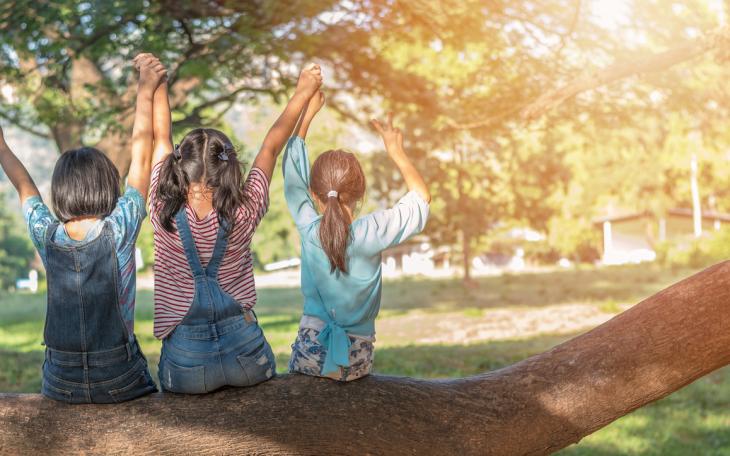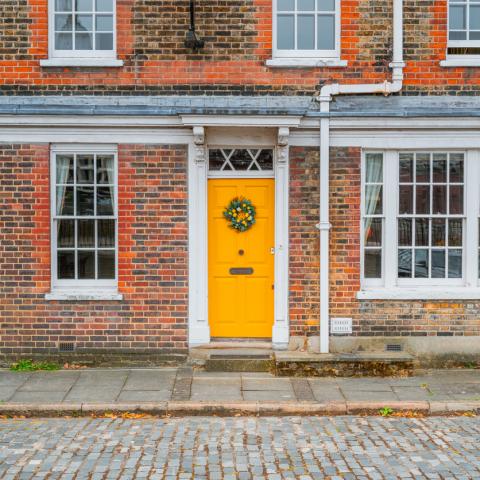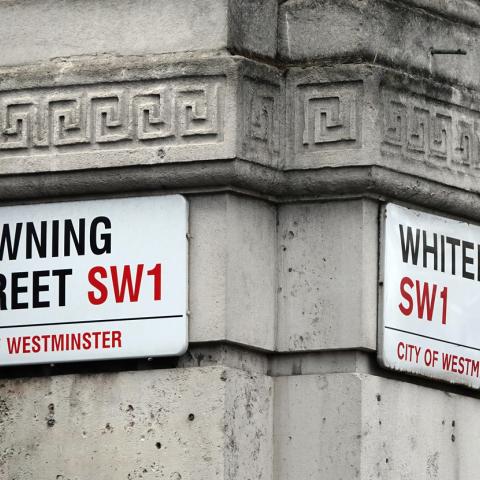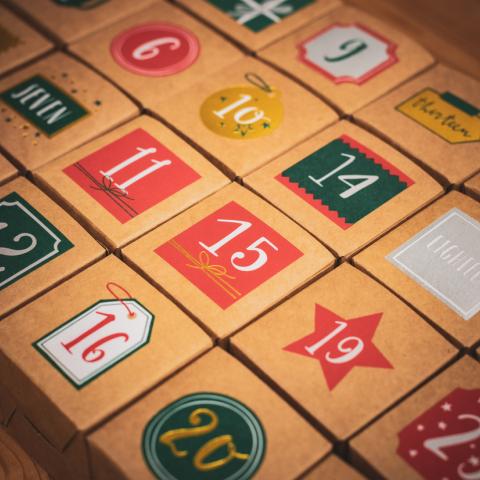Park Life: have Britain’s parks been designed with a default male lens?

When you think back to growing up and playing in the park as a child, what memories stand out the most? When asking fellow team members of SEC Newgate, we received typical answers reciting memories that will be familiar to many: falling off the monkey bars, spinning on roundabouts, playing on the slides. Those happy, positive moments in childhood.
When asked what their memories were like as a young teenager at a park, we were met with a split reaction.
It turns out, across generations, the way in which we experience parks and public spaces as teenagers in Britain can vary drastically depending on our gender identity. Countryside Partnerships, a housebuilder focused on creating communities, recently commissioned a report into how public spaces are used by young people. Carried out by the London School of Economics, it was produced in partnership with Make Space for Girls, a charity which challenges park designers and councils to create better park spaces and remove barriers that prevent teenage girls from using public spaces. The report highlighted the way in which our parks and public spaces have been designed with a “default male lens”.
Whilst these spaces have not been designed to deliberately exclude girls, many of Britain’s parks and green space strategies define facilities for teenagers as being ‘BMX, skate parks and Multi-Use Games Parks areas’. That isn’t to say girls don’t skateboard, play basketball or football, however, the studies show that these areas are largely dominated by teenage boys due to both design and the behaviour of the boys.
A Swedish study showed that after the age of 8, the imbalance between boys and girls in parks was 80/20. Further research has shown that girls work around boys, avoiding areas when they are there and only using them when they are empty. And they do this for a reason. A study in Vienna showed that when a group of girls asked to join in a game with older boys, something they only dared to do half the time, they were rebuffed 87% of the time – often with, as the research puts it, ‘sexual insults’.
It will come as no surprise that there are health impacts of this imbalance. 36% of girls aged 14-17 are overweight or obese, and their activity rates are lower than those of boys in every age group, the connection between this and the lack of free to use facilities to be active is rarely made.
On top of this, parks and appropriate access to parks and public spaces have been proven to benefit mental health. Again, teenage girls are far more likely than boys to suffer from anxiety and depressive symptoms, so access to parks is crucial for their health. A recent study of 15,000 secondary pupils by Steer Education points to a worrying new trend of an increasingly stark divide between the mental health of girls and boys. The report identifies that girls are 33% more likely to experience poor mental health than those the same age as them before the pandemic, while boys are just 12% more likely to do so, showing that girls’ mental health is most at risk between the ages of 14 and 18.
In no way can one claim that how these parks and public spaces are designed can solve these issues in their entirety. However, places created with inclusivity in mind can shift this (im)balance, providing spaces that are used evenly where no one is excluded, and all are welcomed in. That’s surely better for young people of any gender.








